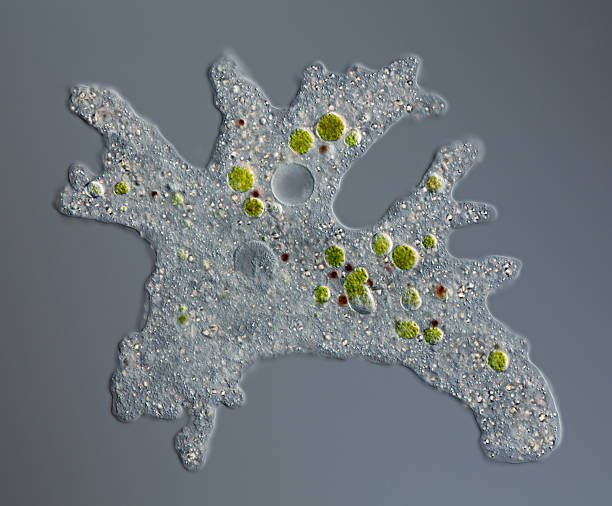How is Phagocytic Feeding Achieved in Amoeba: Phagocytic feeding in amoeba is the process by which the organism ingests and digests food particles.
Understanding Phagocytic feeding
Phagocytic feeding is a process by which certain cells in an organism, known as phagocytes, engulf and digest foreign particles, such as bacteria, viruses, and other pathogens. Phagocytes are a type of white blood cell, and they play a crucial role in the immune system by detecting and destroying harmful substances.
When a phagocyte comes into contact with a foreign particle, it extends its cell membrane around the particle and forms a vesicle, called a phagosome. The phagosome then moves into the cytoplasm of the phagocyte and fuses with lysosomes, which are membrane-bound organelles that contain digestive enzymes. The lysosomal enzymes then break down the particle into smaller molecules, which can be used by the cell for energy or eliminated from the body.
Phagocytic feeding is an important mechanism for protecting the body from infections and diseases. Without phagocytes, harmful foreign particles could easily invade and damage the body’s tissues. However, phagocytes can also be harmful in certain situations, such as in autoimmune diseases when they mistakenly attack the body’s own cells.
Video: Amoeba eats paramecia ( Amoeba’s lunch )
How is Phagocytic Feeding Achieved in Amoeba
Phagocytic feeding is achieved in amoeba through the following steps:
- Amoeba extends its pseudopodia (false feet) towards a food particle.
- Once the pseudopodia come into contact with the food particle, they engulf it, forming a food vacuole around it.
- Enzymes are released into the food vacuole to break down the food particle.
- The digested food is then absorbed into the cytoplasm of the amoeba, providing the organism with energy and nutrients.
- The food vacuole eventually becomes a waste vacuole, which is then expelled from the organism.
Examples of food particles that amoeba can ingest include bacteria, algae, and small pieces of organic matter.
Further reading sources:
- “Amoeba: Phagocytosis and Movement” by the University of California, Berkeley (https://www.youtube.com/watch?v=a1FhD-ZmY2Q)
- “Phagocytosis in Amoeba” by BiologyWise (https://www.biologywise.com/phagocytosis-in-amoeba)
- “Amoeba: Structure and Function” by the University of Arizona (https://www.youtube.com/watch?v=o5zHd5R5R5w)
- “Endocytosis and Phagocytosis” by OpenStax College (https://cnx.org/contents/GFy_h8cu@10.30:V7sKG8oz@7/Endocytosis-and-Phagocytosis)
- “Phagocytosis” by Khan Academy (https://www.khanacademy.org/science/biology/cell-biology/cell-membranes-and-transport/a/phagocytosis)
- “Phagocytosis in Amoeba” by Biology Discussion (https://www.biologydiscussion.com/cell-biology/phagocytosis-in-amoeba/62451)





